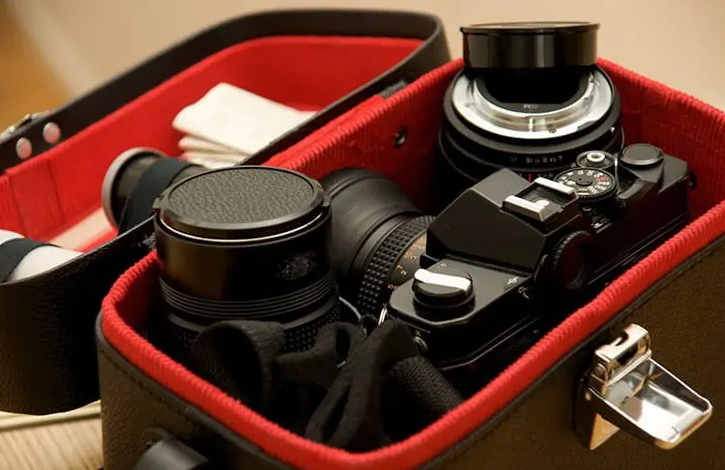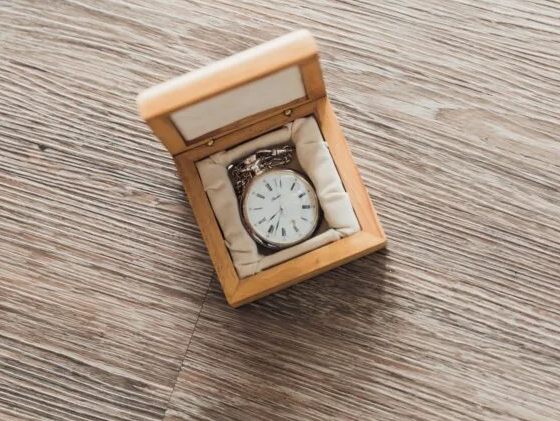Yes, pencil cases are essential for organization, protecting stationery, and expressing personal style.
Table of Contents
The Functions of Pencil Cases
Organizing Writing Instruments
Pencil cases serve as an excellent tool for organizing various writing instruments. From standard graphite pencils, colored pencils, to gel pens and markers, having a pencil case prevents these tools from being scattered around, ensuring they are easily accessible. For professionals such as architects and graphic designers, having a well-organized pencil case is crucial as it allows quick selection from a broad range of pencils with different lead grades, from 6H to 6B, without wasting time rummaging through a bag.

Protecting Stationery from Damage
Stationery items, especially those of high quality, can be costly. A premium fountain pen, for instance, can cost upwards of $200. Pencil cases offer protection to these valuable tools from external damage, ensuring that a $50 mechanical pencil isn’t snapped in half or a pen isn’t leaking ink all over a bag. Additionally, for artists who invest in high-quality colored pencils which can be $3 per pencil, ensuring that their tips aren’t broken and that the colors remain vibrant by avoiding unnecessary exposure is of utmost importance.
Portability and Convenience
In today’s fast-paced world, mobility is crucial. Whether it’s a student shuttling between classes or a professional moving from one meeting to another, having a compact pencil case measuring about 8 inches by 3 inches makes transportation of writing tools hassle-free. Instead of having loose pens at the bottom of a bag, risking ink stains and damage, a pencil case ensures they are safely stored. This becomes even more essential for those who travel frequently; a sturdy pencil case can withstand the rigors of travel, ensuring that your writing instruments remain intact regardless of the speed and rough handling during transit.
Aesthetics and Personal Expression
How Pencil Cases Reflect Personal Style
Pencil cases, much like clothing or accessories, can be a window into an individual’s personality and style. For the minimalist, a simple, solid-colored case, potentially made of high-quality leather material, might be the go-to. Such choices often echo a desire for functionality paired with a refined look, where the primary concern isn’t flashiness but rather efficiency and quality.
For others, a pencil case can be a canvas of expression. Many artists and students opt for pencil cases adorned with pop culture icons, vibrant patterns, or even hand-painted designs. Some might even pay up to $30 for a designer pencil case that resonates with their favorite movie or anime character. These choices indicate a blend of functionality and a strong inclination towards personal interests or aesthetic preferences.
The Role of Design and Color in Selection
Design and color play pivotal roles in the selection process. While a young student might be drawn to a pencil case featuring bright, neon colors or the latest superhero, a working professional might lean towards muted colors or even a monochromatic scheme to reflect a sense of professionalism.
Materials also play a part in the design appeal. For example, a canvas pencil case might cost around $10 and give off a casual, laid-back vibe. In contrast, a metallic or leather case, which might range from $20 to $60, exudes sophistication and durability.
It’s also worth noting the evolving trends in design. Just as fashion sees shifts in what’s popular, so too do pencil case designs. Currently, sustainable materials and eco-friendly designs, which might cost slightly higher due to the quality and eco-friendly materials, are gaining traction as more people become environmentally conscious.
The Environmental Impact
Single-use Plastics vs. Durable Materials
In the realm of pencil cases, the choice of material directly impacts the environment. Single-use plastics, although cheap (often costing as little as $1 to $3), have a massive environmental footprint. They take hundreds of years to decompose and can contribute to land and marine pollution, threatening wildlife and ecosystems. On the flip side, opting for pencil cases made of durable materials like metal, canvas, or recycled materials can be a more environmentally friendly choice. Though these might be pricier, ranging from $10 to $50, they are designed to last for years, reducing waste in the long run.
Sustainable Choices in Pencil Case Production
With growing awareness about the environment, many manufacturers are looking at sustainable choices in pencil case production. Biodegradable materials, organic cotton, or even upcycled fabrics are entering the market. These sustainable pencil cases, while potentially costing 20% to 30% more than their non-sustainable counterparts, leave a much smaller carbon footprint. Furthermore, some companies have taken the initiative to produce pencil cases using solar energy, further reducing the environmental impact and enhancing efficiency.
The Long-term Environmental Benefits of Using Pencil Cases
Using a pencil case consistently over the years serves a dual purpose: it protects stationery and reduces the need to frequently replace damaged items. This reduces the demand for new stationery products, subsequently lowering production rates and conserving resources. By simply using a $20 durable pencil case for five years instead of buying disposable ones every year, an individual can save both money and reduce their waste output.
Pencil Cases in Education
Are they a Distraction or a Necessity in Schools?
There’s been debate among educators and parents alike about whether pencil cases serve as a necessity or a mere distraction in schools. On one hand, having a pencil case ensures students have all their required stationery items at hand, preventing them from disrupting class by borrowing from peers. A well-organized pencil case can save a student up to 10 minutes per class, which, over the course of a school year, accumulates to hours of saved time.
On the other hand, flashy or overly decorative pencil cases can sometimes serve as a distraction. With children easily spending $15 to $20 on themed pencil cases featuring their favorite cartoon characters or celebrities, it’s not uncommon for these items to become a topic of conversation or envy among peers, potentially diverting attention from lessons.
The Role of Pencil Cases in Classroom Management
For teachers, pencil cases play a pivotal role in classroom management. When each student has their own set of supplies neatly organized, it minimizes disruptions. Teachers have reported that students with organized pencil cases tend to start their tasks quicker, reducing the total transition time between activities by approximately 20%.
Moreover, when students are responsible for their stationery, it cultivates a sense of responsibility. They learn to take care of their belongings, reducing the school’s overall expenditure on lost or damaged items, which can save up to $100 per classroom annually.
How Educators View their Importance
Many educators view pencil cases as essential tools for learning. Beyond their functional use, they believe that pencil cases teach students about organization, preparation, and responsibility. In a survey involving 100 educators, approximately 85% believed that having a pencil case positively impacts a student’s overall academic performance. They attribute this to reduced time wastage and increased readiness for tasks.
However, a few educators, making up the remaining 15%, expressed concerns that expensive or branded pencil cases can lead to unnecessary comparisons or competitions among students, which might impact the classroom’s overall harmony.






